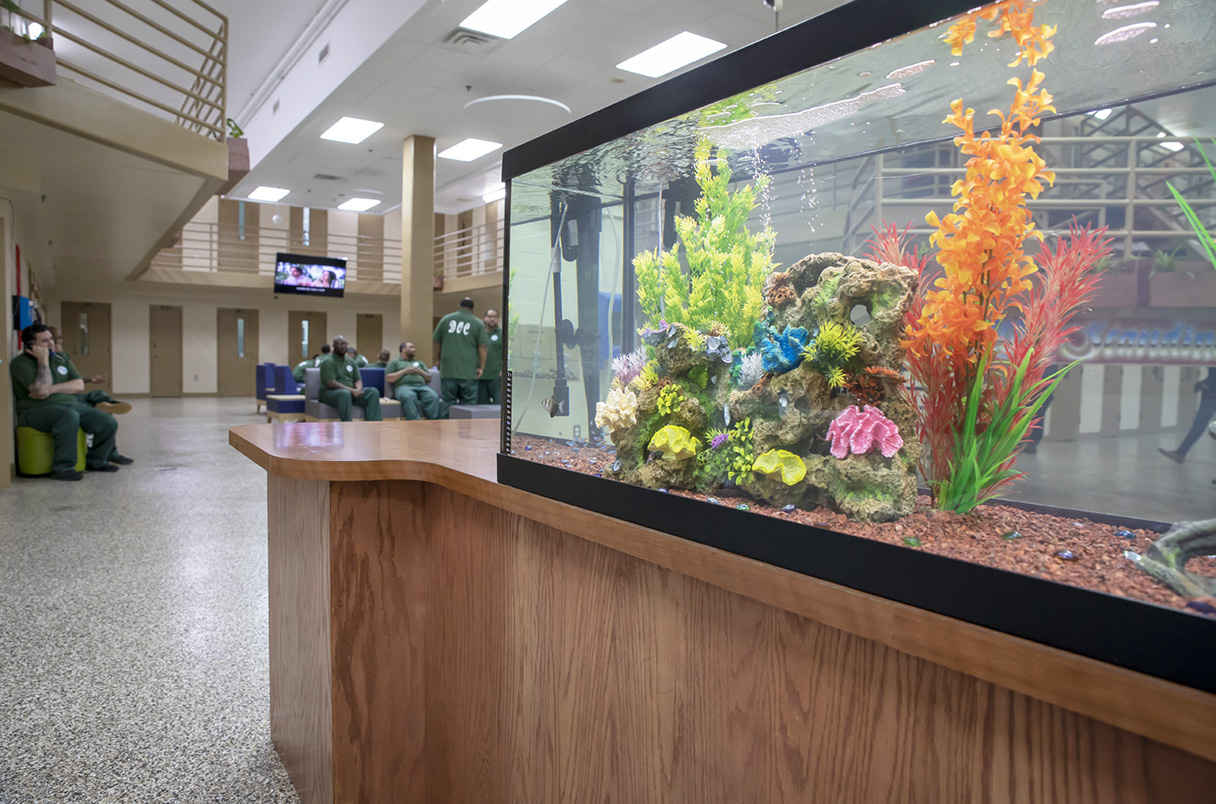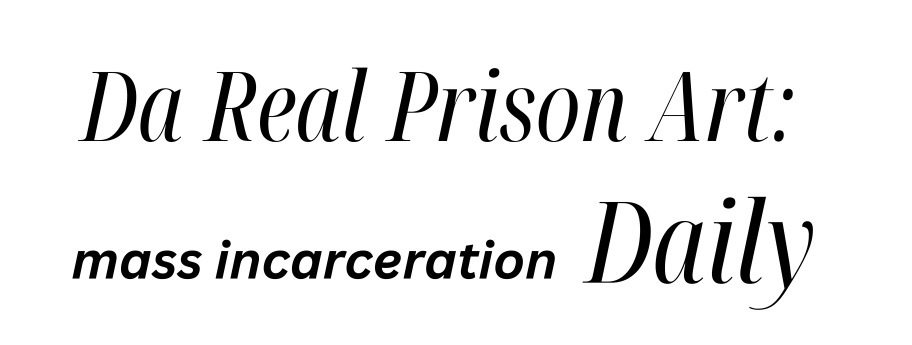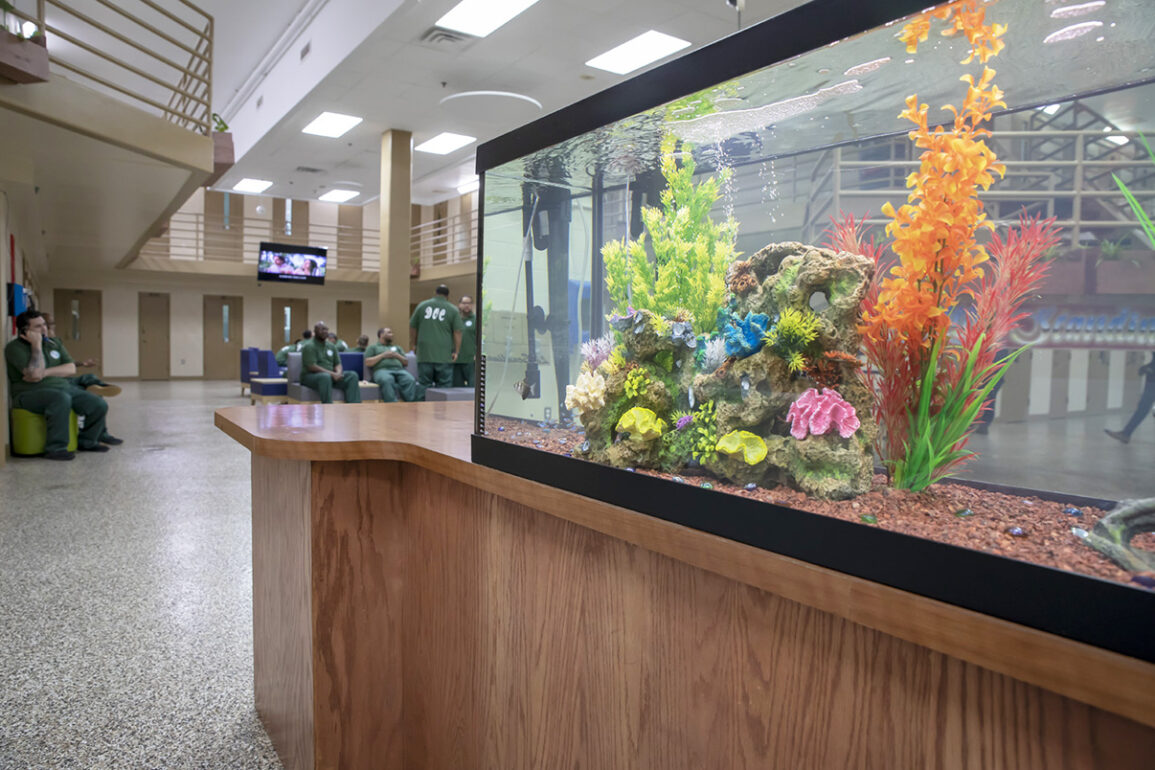When it comes to prison systems, the United States stands apart from other countries, and not in a good way: Incarceration rates are sky-high, and critics charge that the U.S. prison environment is particularly dehumanizing, contributing to poor health among those locked up and repeat criminal behavior after they’re released. In a rethinking of what U.S. incarceration should look like, there’s growing interest in importing and testing features of Scandinavian prison systems, which focus on rehabilitation and a successful reintegration into society after release.
One unique study run by Norwegian and U.S. researchers, designed to set up and test a “Little Scandinavia” within a Pennsylvania prison, is now expanding to three new sites in the state. The project examines whether features of the Scandinavian system, including residents planning and cooking their own meals and the opportunity to exercise side by side with officers, can be replicated in a U.S. setting—and can improve the lives of those incarcerated and of prison staff.
“We’re focused on, what is the experience of imprisonment? Can you do something to make it more humane, more liveable, and does that lead to change in what comes next?” says Synøve Andersen, a sociologist at the University of Oslo who, with criminologist Jordan Hyatt at Drexel University, is leading the Scandinavian Prison Project (SPP).
It officially opened in 2022 at State Correctional Institution-Chester, or SCI Chester, a 1175-bed, medium security prison in a Philadelphia suburb. Pennsylvania Department of Corrections Secretary Laurel Harry announced this month that an expansion is underway thanks to the pilot site’s early success. There have been almost no physical altercations in the Little Scandinavia unit, for example. The new sites have not been selected, but will likely include a maximum security facility and a women’s prison.
The SPP is essentially a randomized, controlled trial in which researchers stand up a small Scandinavian-inspired prison unit inside a U.S. prison, and compare people who participate with those who don’t. Staff must volunteer; those incarcerated are assigned by lottery and can opt out if they wish, a design approved by Drexel’s institutional review board and the Research Review Committee at the state’s Department of Corrections.
The SPP unit at SCI Chester has 64 incarcerated people, referred to as residents. Three correctional officers, referred to as contact officers, staff the unit at any given time. That staff-to-resident ratio is far higher, and carries associated extra costs, compared with the rest of the facility, where typically one officer supervises 128 incarcerated people from a desk in an open area.
The SCI Chester unit includes single-person cells, versus the usual doubles, plus a colorful fish tank and modular furniture in the common area. The state spent $310,000 to retrofit the unit for the study and pays for staff salaries. Additional support comes from Arnold Ventures, a philanthropic foundation.
Relationships between residents and staff are different, too. In Scandinavian and other European systems, “you have everyday chats between prisoners and staff that isn’t just about getting stuff done,” says Ben Crewe, a criminologist at the University of Cambridge. Officers get to know those incarcerated, develop mutual respect, and pick up on problems they might otherwise miss.
But in Pennsylvania prisons, like most in the U.S., rules can inhibit such communications and include other restrictions. The SPP “had to strike a balance between Nordic-style engagement and how far it could stretch the limits of Pennsylvania policy,” Hyatt says. A revised policy was developed for Little Scandinavia to allow for more informal officer-resident interactions including over meals or while working out. But it wasn’t possible for residents to wear their own clothes, as is often the case in Scandinavian prisons.
The SPP leaders are collecting and analyzing measures of physical and mental health among both incarcerated people and staff, violent incidents, and recidivism after release. Such a controlled study is “very rare” in prison research, and “very difficult to organize,” says Paul Nieuwbeerta, a criminologist at Leiden University who developed a questionnaire that the SPP team adapted on how incarcerated people perceive the prison environment. Prison research typically surveys people at one moment in time, rather than randomizing them to different strategies or following them over time, he says.
Many who study prisons commend the effort, but acknowledge that it’s complicated to tease apart specific effects of the various changes—a homier environment, extra social contact, and daily tasks such as cooking. “It is really hard in the context of prisons to isolate the impacts of interventions” from each other, and from other factors in prison, says Keramet Reiter, a criminologist at the University of California (UC), Irvine. She is studying the effects of Scandinavian-style changes at three prisons in Washington state, initiated by a project called Amend at UC San Francisco. It draws on well-studied components of other countries’ strategies, but unlike the SPP does not randomize residents to different prison environments.

Data from the SPP are preliminary, but appear promising. “It’s been a pretty uneventful experience,” Hyatt says. Officers have responded once to a fight between residents, a rate officials say is much lower than in other units. At least at this site, Hyatt says, “you can give incarcerated people access to a full kitchen with ovens and stoves and air fryers and it’s not going to devolve into violence.”
When it comes to effects on staff, “we can’t draw causal conclusions,” Hyatt cautions, because the numbers are so small, and the staff that volunteer may have characteristics that distinguish them from their colleagues. But interviews and surveys so far suggest lower stress, a greater sense of purpose, and some improvements in health, Harry says.
Harry and Hyatt are both keen to learn whether the model can reduce recidivism. “That’s a supercomplicated outcome” to assess, Hyatt acknowledges, because so many other factors play in to a person’s trajectory after prison. “Not everywhere is Norway,” which offers intensive supports to aid in reintegration, Crewe says.
Harry wants to know how a Little Scandinavia unit would play out in other kinds of U.S. prisons. SCI Chester is focused on treatment for people with a substance abuse history and it houses few “custody level 4” individuals, who are classified as posing a higher risk while incarcerated. She wonders, “Can [this model] be replicated” in other settings?
The program’s expansion should help answer that question. Once new sites are selected—several locations have volunteered—the state will seek local universities as research partners to conduct in-prison interviews and gather other data.
The SPP’s Pennsylvania expansion comes as other states, including Washington, Oregon, and North Dakota, are incorporating Scandinavian prison features into their incarceration systems. California recently engaged a Danish architecture firm to redesign the notorious San Quentin facility near San Francisco.
But a version of the Scandinavian model is unlikely to be adopted across the U.S. Providing adequate staffing and single-person cells would be difficult, Harry says; the U.S. system holds nearly 2 million people—more than 600 per 100,000 residents, versus somewhere between 50 and 100 in many European countries. But she does wonder whether drawing on certain features from the SPP, such as staff-resident interactions, could be worthwhile.
“Unless we find that this solves crime and cures cancer, we’re never going to get to the point that this is the norm” in the U.S., Hyatt says. Even so, he argues, it could still “meaningfully change incarceration” for those exposed to it.
This post was originally published on this site be sure to check out more of their content.









